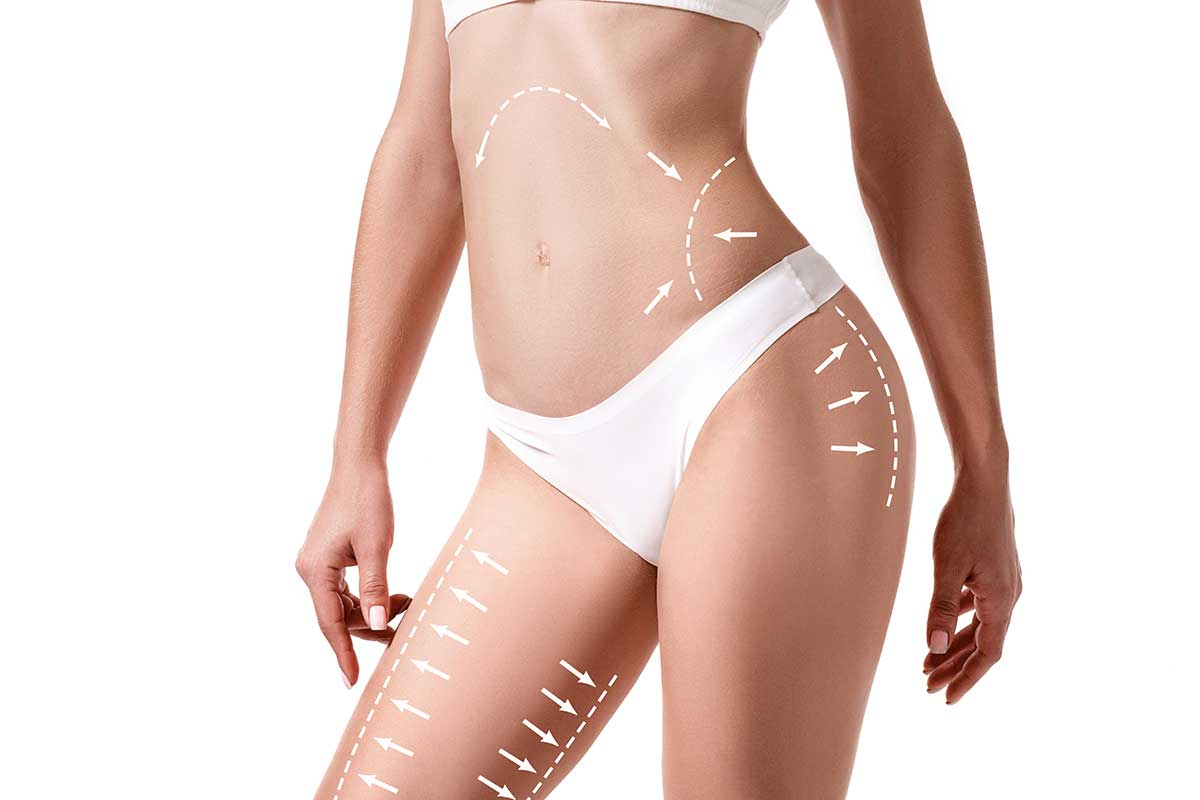
Liposuction
Watch our video about Liposuction
Liposuction: Everything You Need to Know About This Cosmetic Treatment
The Liposuction Procedure
Liposuction is a cosmetic surgical procedure designed to remove localized fat deposits that do not respond to diet and exercise. During the surgery, a qualified plastic surgeon inserts small cannulas (thin tubes) through small incisions in the skin. These cannulas are used to suction out the excess subcutaneous fat, sculpting the body and improving body contours. Liposuction can be performed under local anesthesia, intravenous sedation, or general anesthesia, depending on the extent of the procedure and the preferences of the patient and surgeon.
The liposuction procedure can target various body areas, including the abdomen, flanks, thighs, buttocks, arms, and neck. Recovery time varies from patient to patient, but generally includes an initial period of swelling and bruising that gradually diminishes over weeks to months. The final results are typically visible after the swelling resolves, providing a more toned and sculpted appearance.
Purpose of Liposuction
The primary purpose of liposuction is to enhance body contours and provide a more sculpted and harmonious appearance. This procedure is particularly effective for individuals in good overall shape who have localized fat deposits resistant to diet and exercise. Liposuction is not a weight-loss solution and does not replace a healthy lifestyle. Instead, it is a tool to help sculpt the body and improve the patient's silhouette.
In addition to its aesthetic benefits, liposuction can also be used to treat certain medical conditions, such as lipomas (benign fat tumors), gynecomastia (excess male breast tissue), and axillary hyperhidrosis (excessive underarm sweating). These therapeutic uses demonstrate the versatility and effectiveness of the procedure in various clinical situations.
Types of Liposuction
There are several types of liposuction, each using different techniques to remove fat. Tumescent liposuction is the most common technique, where a solution containing anesthetic and epinephrine is injected into the treatment area to minimize bleeding and facilitate fat removal. Ultrasound-assisted liposuction (UAL) uses ultrasonic waves to liquefy the fat before removal, which can be useful in areas with dense fat.
Laser-assisted liposuction (LAL) uses laser energy to melt the fat, making it easier to remove and promoting skin retraction. Power-assisted liposuction (PAL) uses a mechanical device to help break up the fat, making the procedure more efficient and less tiring for the surgeon. Each technique has its specific indications, and the plastic surgeon can recommend the best approach based on the patient's needs and goals.
Advantages of Liposuction
One of the main advantages of liposuction is the ability to precisely remove localized fat, resulting in a significant improvement in body contours. Additionally, the procedure can be customized to meet the specific needs of each patient, treating multiple areas in a single session. Liposuction can also boost patients' confidence and self-esteem, providing a more toned and harmonious appearance.
Another advantage is the durability of the results. As long as the patient maintains a stable weight and a healthy lifestyle, the results of liposuction can be permanent. This is because the fat cells removed do not grow back, although the remaining fat cells can increase in size if significant weight gain occurs. Therefore, it is essential for patients to follow a balanced diet and exercise regimen to maintain the results achieved with liposuction.
Frequently Asked Questions About Liposuction
Is Liposuction Painful?
During the procedure, pain is minimized by using anesthesia. Post-operatively, it is common to experience some discomfort, swelling, and bruising, which can be managed with medications prescribed by the surgeon. Most patients report that the discomfort is manageable and significantly improves within the first few weeks after surgery.
What is the Recovery Time?
Recovery time varies from patient to patient but generally involves an initial rest period of a few days, followed by wearing a compression garment for several weeks. Most people can return to work and light activities in about a week, but more intense activities should be avoided for at least a month.
What Are the Risks of Liposuction?
Like any surgical procedure, liposuction carries risks, including infection, bleeding, adverse reactions to anesthesia, and contour irregularities. It is important to choose a qualified plastic surgeon and follow all pre- and post-operative instructions to minimize these risks.
Who is a Good Candidate for Liposuction?
Good candidates for liposuction are individuals in good overall health, have stable weight, and have realistic expectations about the procedure's results. It is important to have good skin elasticity to ensure that the skin adjusts well to the new body contours after fat removal.
Does Liposuction Leave Scars?
Liposuction involves small incisions that can leave minimal scars. However, these scars tend to be small and well-hidden in natural folds of the skin or less visible areas. Over time, the scars usually fade and become less noticeable.
Liposuction can be an excellent option for those looking to improve their appearance and body contours. Consulting an experienced plastic surgeon is essential to discuss options and determine if this procedure is suitable for your individual needs.